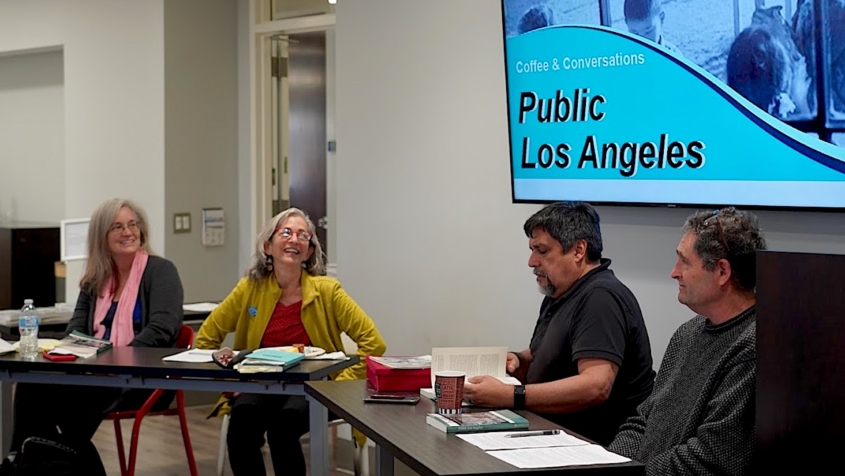
Reinvigorating the Memory of Public Housing in Los Angeles
Public housing was once a project of hope and inspiration in Los Angeles, Judy Branfman said at a Feb. 12 book talk on “Public Los Angeles: A Private City’s Activist Futures,” co-hosted by the Lewis Center for Regional Policy Studies and Institute for Research on Labor and Employment. Branfman, co-editor of the book of essays by scholar Don Parson and colleagues, was joined on the panel by Greg Goldin, co-author of “Never Built Los Angeles,” and Elizabeth Blaney and Leonardo Vilchis, activists-in-residence with the Institute on Inequality and Democracy. Vilchis discussed the role public housing has played in the poor people’s movement in Los Angeles, in communities like Aliso Village, where mothers developed their own systems to mitigate crime without outside policing. Vilchis and Blaney co-founded Union de Vecinos, which arose from a movement in 1996 by residents of Pico Aliso public housing projects to oppose the demolition of their homes. In the book — which includes chapters from UCLA faculty and alumni Jackie Leavitt, Mike Davis, Sue Ruddick, Dana Cuff and Edward Soja — Branfman notes that thousands of public housing units were built across Los Angeles from 1939-1953. For proponents and residents, public housing was seen as an opportunity to house the vulnerable and initiate a project of interracial community among residents. While the mission to build a movement to reinvest in the public control of housing appears to be a politically arduous task now, Blaney said, “if we keep saying things are unrealistic, they’ll never become realistic.” — Lauren Hiller
View more photos from the book talk.

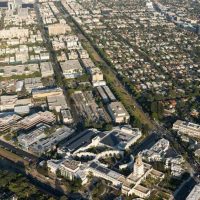
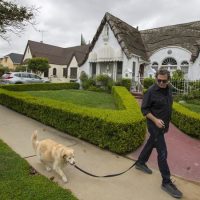

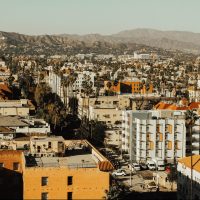
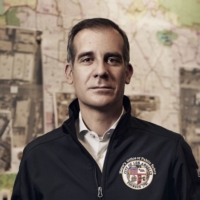


Leave a Reply
Want to join the discussion?Feel free to contribute!